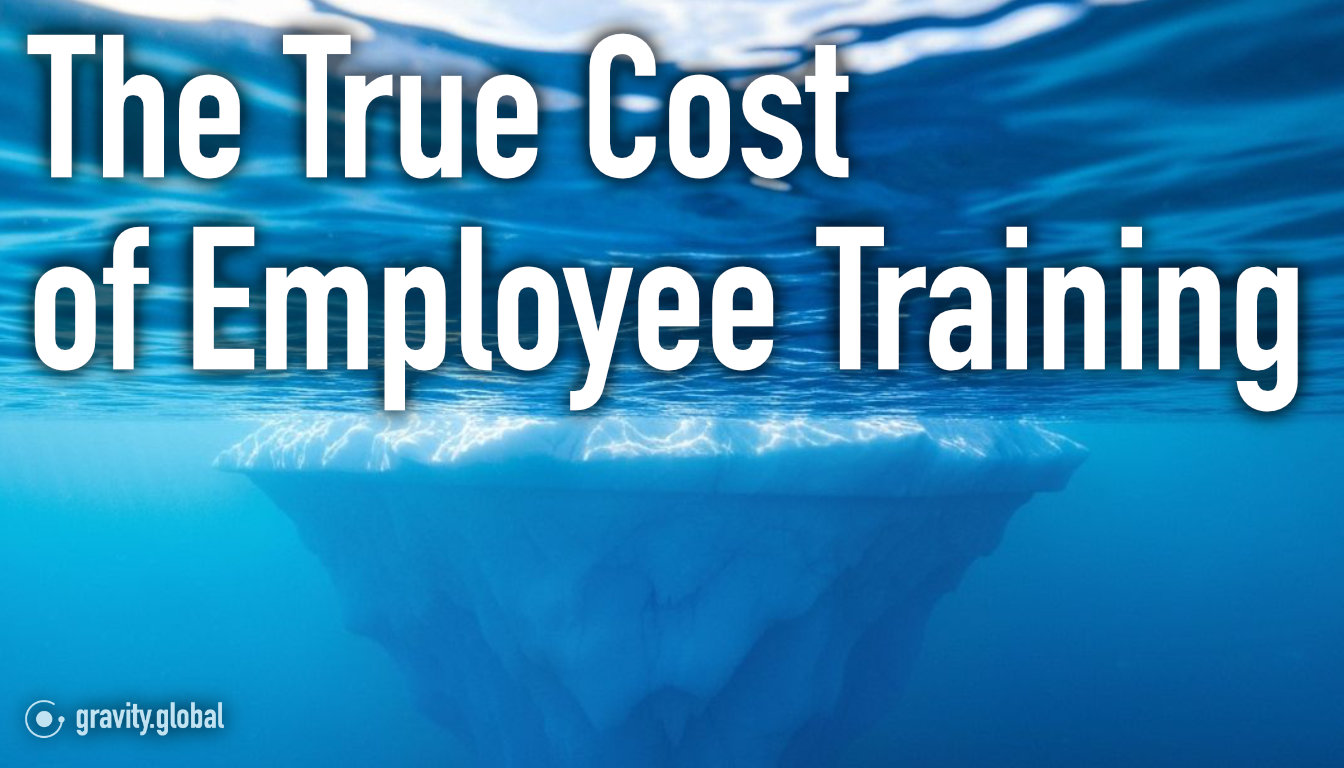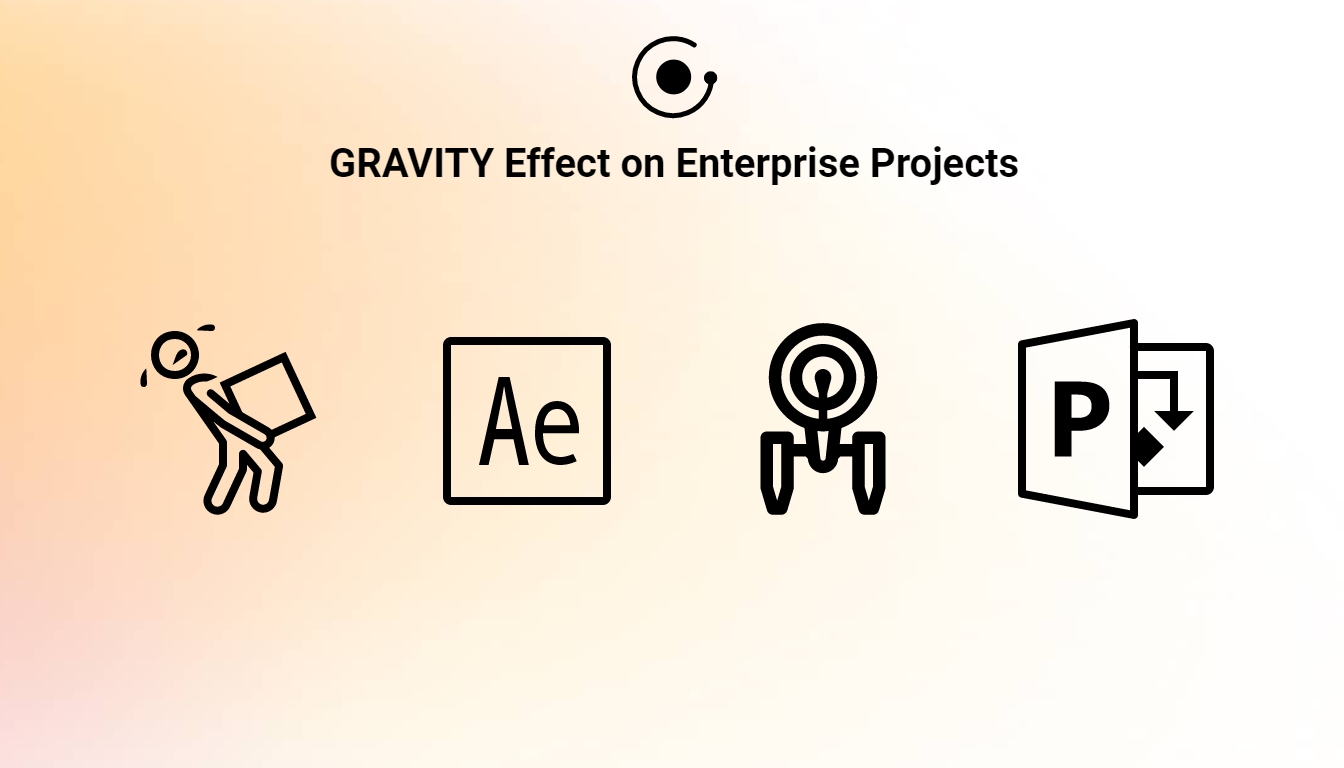What is Employee Online Onboarding?
What is employee online onboarding? Learn the definition, benefits, tools, and a step-by-step playbook to boost productivity and engagement from day one.

The short answer
Employee online onboarding is the process of welcoming and ramping up new hires through digital tools and experiences—everything from contracts and compliance to first tasks and role-specific guidance. Done well, it accelerates employee productivity, strengthens employee engagement, and improves the overall employee experience while reducing support load and time to value.
Online onboarding thrives when it’s powered by an integrated toolset—HRIS, knowledge, and employee onboarding software—and orchestrated by a digital adoption platform (DAP) such as GRAVITY that provides just-in-time guidance inside your business applications.
Why online onboarding matters now
Modern enterprises roll out new tools and processes constantly. Without a scalable, digital approach to employee onboarding, teams struggle to keep pace with digital transformation. Online onboarding:
- Meets people where they work—inside the apps they’ll use every day.
- Shortens the learning curve for first tasks and critical workflows.
- Aligns new hires to policy and compliance from day one.
- Makes training measurable and repeatable across locations and roles.
This isn’t just a “nice to have.” It’s a core lever for change management and for maintaining momentum across the employee life cycle.
What online onboarding includes (and how it’s different from traditional onboarding)
Traditional onboarding leans on classroom sessions and static PDFs that new hires quickly forget. Online onboarding replaces the “one-and-done” moment with a journey that starts before day one: accounts, access, hardware, and policies are set up in advance so people can actually work from their first morning.
Learning then unfolds in short, role-specific bursts and continues in the flow of work. A digital adoption platform (DAP) delivers just-in-time in-app guidance—concise Callouts and interactive walkthroughs—so new hires complete real tasks without tab-hopping or waiting for help.
Finally, feedback loops tighten the system: analytics reveal friction points, quick surveys capture confidence, and content owners iterate weekly. The result is a smoother, consistent ramp-up that scales without burning out trainers—sustaining employee training and development and lifting productivity, engagement, and the overall employee experience.
The role of a DAP in online onboarding
A digital adoption platform (DAP) is a lightweight layer that sits over your business apps and provides real-time, contextual guidance right where work happens. It acts as the connective tissue between your employee onboarding software, HR systems, and everyday workflows in CRM, ERP, and service tools—centralizing targeting, permissions, and delivery so help appears for the right person at the right moment.
With a DAP, first-time users get task-level coaching the instant they need it—subtle prompts, checklists, callouts, and interactive walkthroughs that clarify tricky steps without forcing context switches. Guidance is personalized by role, region, or seniority and can be updated in minutes as processes change, eliminating the need to re-run classroom sessions every time a field or policy shifts.
Because every interaction is instrumented, you can measure completion rates, errors avoided, and time-to-proficiency, then iterate based on evidence. In practice, the DAP turns online onboarding from static content into living, adaptive assistance—continuous coaching that lifts employee productivity, employee engagement, and the overall employee experience.
Benefits you can measure
- Faster ramp-up: new hires reach productive output sooner → higher employee productivity.
- Fewer support tickets: less “how do I…?” traffic and rework for managers.
- Higher confidence: day-one clarity builds sustained employee engagement.
- Consistent execution: policy-aligned steps improve data quality and compliance.
- Better experience: smoother starts make a real difference in employee experience and retention.




Embrace the digital adoption platform of tomorrow - GRAVITY



The Digital Adoption Updates You Can't Miss - Subscribe Now!
Join Our Monthly Author Call – Stay Ahead of the Curve with the Latest Trends!



The Online Onboarding Playbook (you can run this next week)
1) Define outcomes that matter
List the three to five tasks a new hire must do in week one (e.g., “enter first opportunity,” “resolve first ticket,” “submit first compliant expense”). These are your onboarding anchors.
2) Map the employee life cycle touchpoints
Sketch milestones for week 1, month 1, and quarter 1. Align employee training and development to each milestone so learning unfolds when it’s needed—not months too early.
3) Set up your tooling foundation
Pair your employee onboarding software (for checklists, e-sign, policies) with a digital adoption platform (DAP) (for in-app, task-level guidance). Connect both to your HRIS so audiences and permissions stay in sync.
4) Build minimal paths, not manuals
Create one short, role-specific path per anchor task:
- A clear checklist (what to do, in what order).
- Contextual prompts in the live app for tricky steps.
- “Learn more” links for deep dives—optional, not mandatory.
5) Personalize by audience
Target content to job role, location, and system access. New SDRs need different help than senior account managers; the DAP should deliver the right assistance automatically.
6) Measure, then iterate weekly
Track time to first success, error rates on key forms, and the number of help-desk tickets per new hire. Retire what’s redundant, enhance what works, and keep paths lean.
Common pitfalls (and easy fixes)
- Too much content on day one. Fix: drip guidance across the first 30–90 days.
- Generic, one-size-fits-all materials. Fix: audience targeting tied to HR data.
- Static PDFs that age fast. Fix: manage process changes in the DAP, not in slide decks.
- No ownership. Fix: make onboarding a shared KPI for HR, IT, and line managers.
How online onboarding supports change management
Every new hire is a live test of your processes. When onboarding is strong, the payoff is real: Brandon Hall Group reports that effective programs can lift new-hire retention by 82% and improve productivity by 70%. Structured orientation matters, too—one study cited by Glassdoor found participants were 69% more likely to stay three years. Glassdoor Yet most organizations underinvest in the long tail: SHRM notes only 15% of companies continue onboarding beyond six months, even though employees who experience great onboarding are 2.6× more likely to be “extremely satisfied” at work.
Online onboarding—especially with a digital adoption platform (DAP)—turns those odds in your favor. A DAP embeds the “right way” to work into live systems, captures where people struggle, and updates guidance as policies evolve. In practice, that translates into fewer tickets and faster proficiency: Origin cut monthly support tickets by 70% and shrank some process times from two days to 20 seconds; Accenture saves 25,000+ hours per month, reduced specific ticket categories by 40%, and achieves 45% faster adoption of platform and process updates.
That’s change management in action—continuous, measured, and built into everyday tools. It’s also where the market is headed: more than 61% of organizations plan to invest heavily in improving onboarding this year, according to Brandon Hall Group’s HCM Outlook.
Your next step
Pick one role and one anchor task. Build a short path, ship it to your digital adoption platform (DAP), and measure results for two weeks. You’ll see a real impact on employee productivity, employee engagement, and the overall employee experience—and you’ll have a repeatable model for the rest of the organization’s digital transformation.






